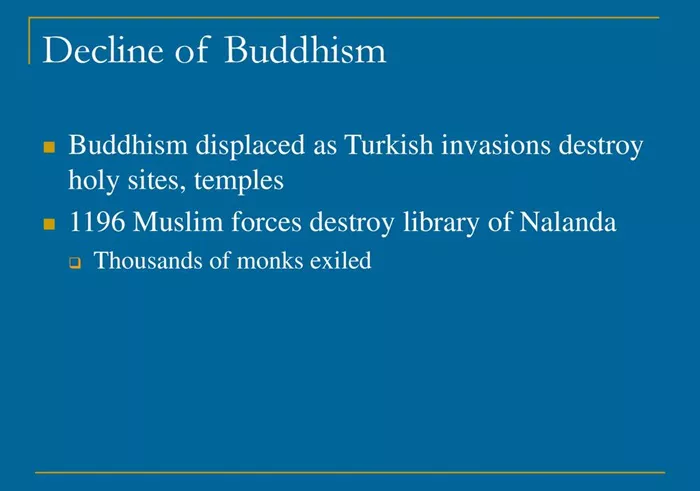The Pew Research Center, one of the world’s foremost think tanks, has just released its latest report on the changing world religious landscape from 2010 to 2020.
Overall, the growth of the world’s population is reflected in the increase in the number of religious adherents. Christians remain the largest religious group; however, despite the absolute increase, their share of the global population has fallen by 1.8%, indicating that they are growing slower than the overall average.
Muslims are the fastest growing group, with a relative increase of 1.8%, followed by the non-religious (i.e., those who do not believe in any religion), with an increase of just under 1%.
Overall, the number of Christians is about 2.3 billion, followed by Muslims at 2 billion and the non-religious at 1.9 billion.
Hinduism, Judaism, and other religious groups classified as “other religions” (Baha’i, Taoism, Jainism, Sikhism, etc.) have grown at the same rate as the world’s population, with little change in percentage.
Hindus, about 1.2 billion; Jews, 14.8 million; other small religious groups, about 200 million.
One fact stands out in all the data: the only group that is declining in absolute numbers worldwide is Buddhists. There are now just over 324 million Buddhists, down 18.6 million (-5.4%) from the previous decade. Buddhists now make up 4.1% of the world’s population, down from 4.9% in 2010.
Estimating the size of the Buddhist population is not easy, because religious beliefs can take on different characteristics in East Asian societies, where religion is prevalent.
The estimates reported by the Pew Research Center are based on the following question: “What is your religious belief?”
In several parts of Asia, “religion” is often described as something organized and hierarchical, such as Christianity, and some Buddhists reject such formal affiliations.
That said, whether a religious group grows or not depends on two factors: members joining other groups or demographic trends. The latter has a particularly strong impact on Buddhists.
The fact that the population decline, in absolute terms, is in line with the overall population trend seems to confirm this.
Since Buddhism is almost non-existent in countries with the highest birth rates, its decline largely reflects the decline in the demographic structure of countries such as China or Japan. The average age of Buddhists is close to 40, by far the highest of the major religious groups.
Thailand is the country with the largest number of Buddhists in the world, with 68 million Buddhists, or 94% of the population. Next is China, with 53 million Buddhists, or about 4% of the population. Next are Myanmar, Japan, and Vietnam.
In South Korea, the share of Buddhists fell by 7 percentage points; in this case, the decline is not only demographic but also cultural, with more people identifying themselves as non-religious.
Conversely, Vietnam was the only major country to see a decline in the number of non-religious people, which fell by 7% during the reporting period.
In Thailand, the number of Buddhists is also declining due to an aging population. However, this does not mean that young Thais are turning away from religion.
For example, a recent survey by the Institute of Southeast Asian Studies (ISEAS) reveals a more complex picture.
Buddhist college students pray less than college students of other religions, and only slightly more than half of respondents rely on their religious values when making important decisions.
However, the same survey shows that most people in this group still consider religion to be an integral part of their lives. The gap between religious practice and its perceived importance says more about a change in how people experience spirituality than about its abandonment.
Less dogmatic religions like Buddhism are arguably more susceptible to change than others, especially among young people. The spread of “Mutelu” (no seeking) is a symbol of this.
The term derives from the title of a 1979 Indonesian film, Mutelu: The Mystical War, which explored themes such as superstition and black magic, but has acquired a wider and more nuanced meaning over time.
Today, it refers to a range of spiritual practices that are popular among young Thais, who have made up its rules: amulets have a modern, minimalist design that is compatible with the aesthetic of social media, while the growth of online experiences has compromised the experience of visiting temples.
Young people seem to be searching for meaning in a code that is unique to Generation Z, reinterpreting spirituality in an unorthodox way.
Mutelu is therefore more than a simple fad, but a sign of a new generation of spirituality in Thailand that can’t find answers in traditional models.

